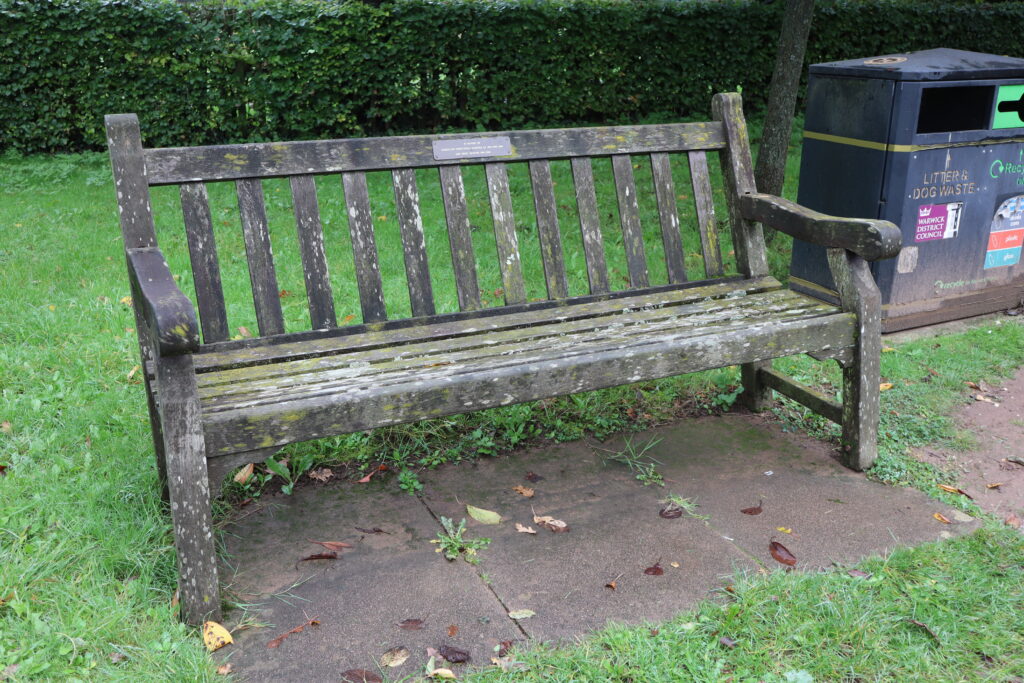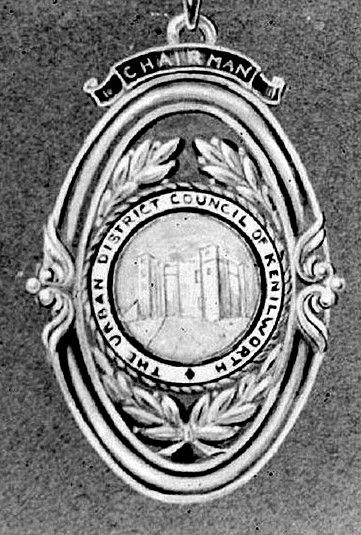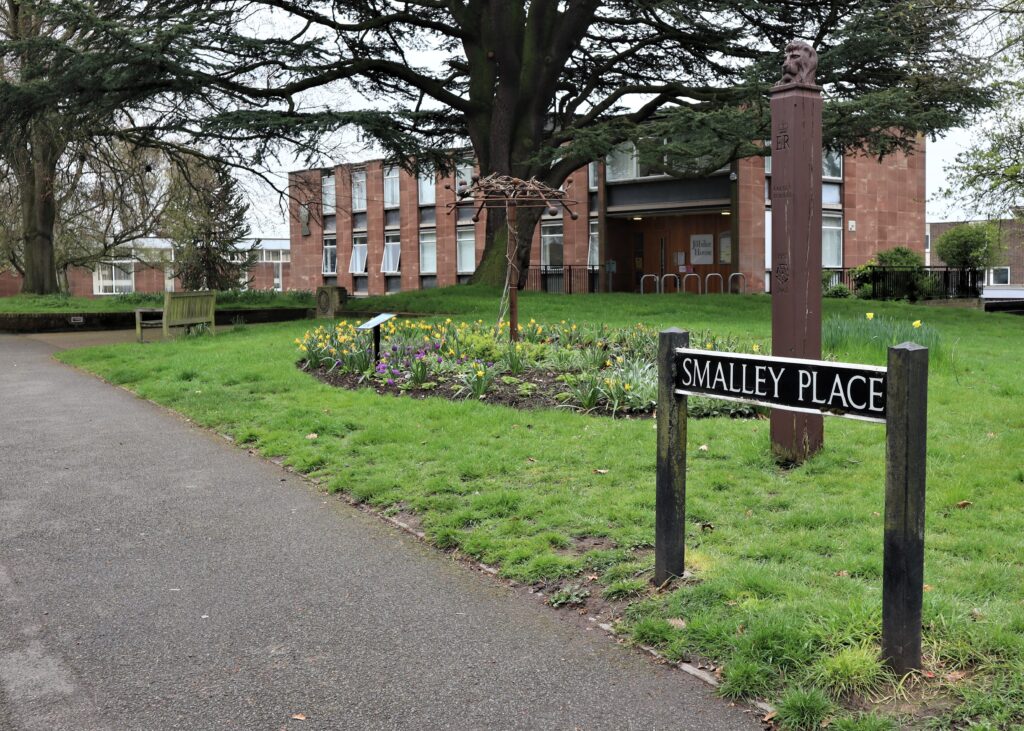Abbey (3 seats)
| Candidate | Party | Votes |
| *E. Thomas Evans | Conservative | 657 |
| *Ronald Stansfield | Conservative | 609 |
| *Joan Salkeld | Conservative | 570 |
| David Walters | Labour | 299 |
| Mrs D. Davies | Labour | 292 |
| Reginald Smith | Labour | 283 |
43.5% Turnout
Windy Arbour (3 seats)
| Candidate | Party | Votes |
| *Florence Adcock | Conservative | 1020 |
| *Derek Moore | Conservative | 949 |
| Thomas Robinson | Conservative | 923 |
| Haydn Thomas | Liberal | 461 |
48% Turnout
Borrowell (3 seats)
| Candidate | Party | Votes |
| *Kenneth Rawnsley | Conservative | 823 |
| Helen Dore | Liberal | 530 |
| J. Wiles | Conservative | 504 |
| Kenneth Hogarth | Conservative | 496 |
| Peter Thompson | Liberal | 434 |
| Mrs E. Twyman | Liberal | 380 |
50% Turnout
Castle (3 seats)
| Candidate | Party | Votes |
| *Leonard Smalley | Conservative | 740 |
| *Bill Whiteman | Conservative | 657 |
| D. Charlton | Conservative | 644 |
| Dora Greenway | Liberal | 392 |
| Ronald Scott | Liberal | 369 |
| Mrs P. Smith | Liberal | 368 |
41.5% Turnout
St John’s (3 seats)
| Candidate | Party | Votes |
| *Chris Webster | Labour | 596 |
| *Jack Cox | Conservative | 552 |
| Thomas Litterick | Labour | 521 |
| William Wozencroft | Labour | 491 |
| *Eric Bernard Smith | Conservative | 453 |
| Robert Butler | Liberal | 438 |
| S. Perry | Conservative | 415 |
56% Turnout
Park Hill (3 seats)
| Candidate | Party | Votes |
| *Harry Potts | Conservative | 771 |
| *Bernice Gardner | Conservative | 754 |
| *Spencer Harrison | Conservative | 716 |
| William Clarke | Labour | 317 |
| Kenneth Beard | Labour | 307 |
43% Turnout
*denotes retiring councillors
STILL A TORY STRONGHOLD
Although their majority dropped from 16 to 13, Kenilworth still holds a strong Tory electorate.
Labour only stood in three wards but managed to get two candidates elected, both in St. John’s. Chris Webster, who had been on the council since 1964, was the only non-Tory, and had been the chairman for the previous 12 months. A bench close to the ford was later dedicated in his memory, along with his wife Irene.


Thomas Litterick of Quarry Road, was the other labour candidate elected. He was just beginning his political career, which would eventually take him as far as the House of Commons. He became MP for Selly Oak in Birmingham at the October 1974 General Election. This made him the only Kenilworth resident to ever become an MP.
Eric Bernard Smith, who was first elected in 1946, lost his seat in St John’s. Although he did not contest the 1964 election, he served for a total of 18 years, mainly in Borrowell ward. He was Chairman, twice, 1959-60 and 1960-61.
With restructuring of local government looming, this turned out to be the last ever KUDC election.
KUDC Councillors
15 Conservatives (Florence Adcock, Bernice Gardner, Joan Salkeld, Potts, Harrison, Cox, Smalley, Whiteman, Charlton, Wiles, Rawnsley, Evans, Stansfield, Moore, Robinson)
2 Labour (Litterick, Webster)
1 Liberal (Helen Dore)
Chairman

1970-71 Joan Salkeld
1971-72 Ronald Stansfield
1972-73 Derek Moore
1973-74 Kenneth Hogarth
Council Clerk – Cyril Riley
Chairmans Chain of Office – Courtesy of Warwickshire County Records Office. (ref. PH (N) 600/147/3)

